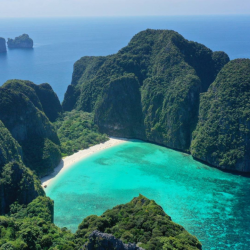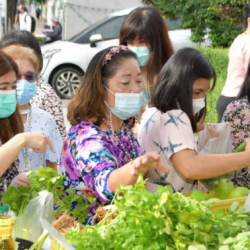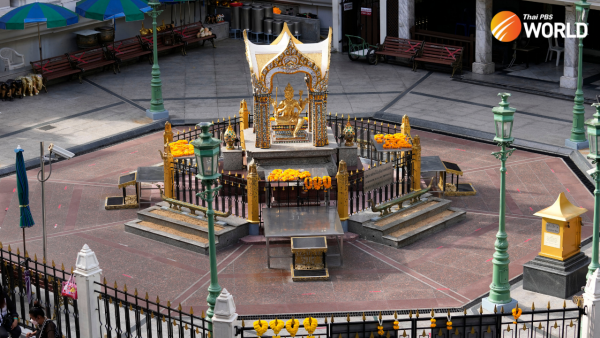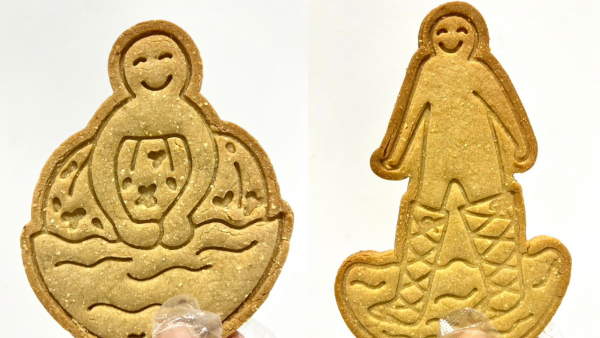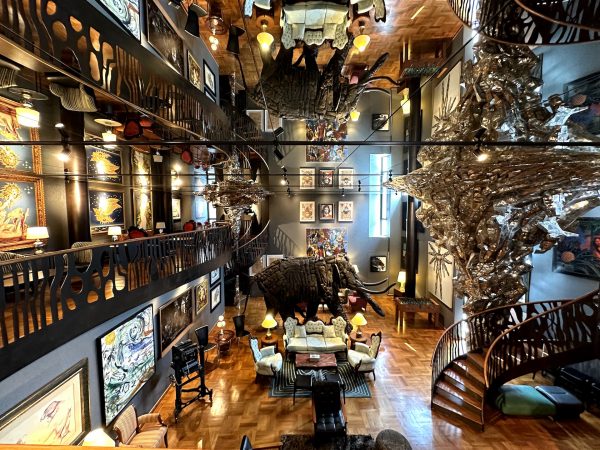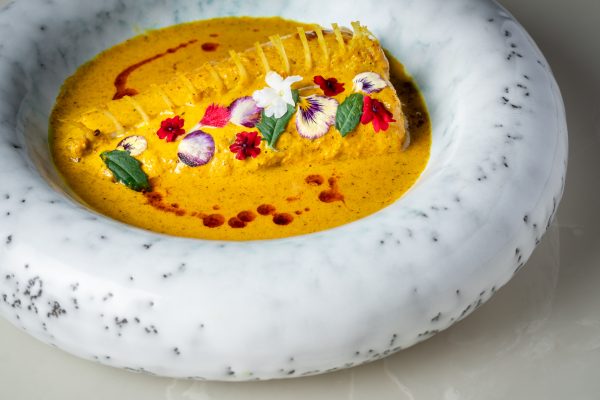Four Shrines to Pray at during the Golden Dragon Year
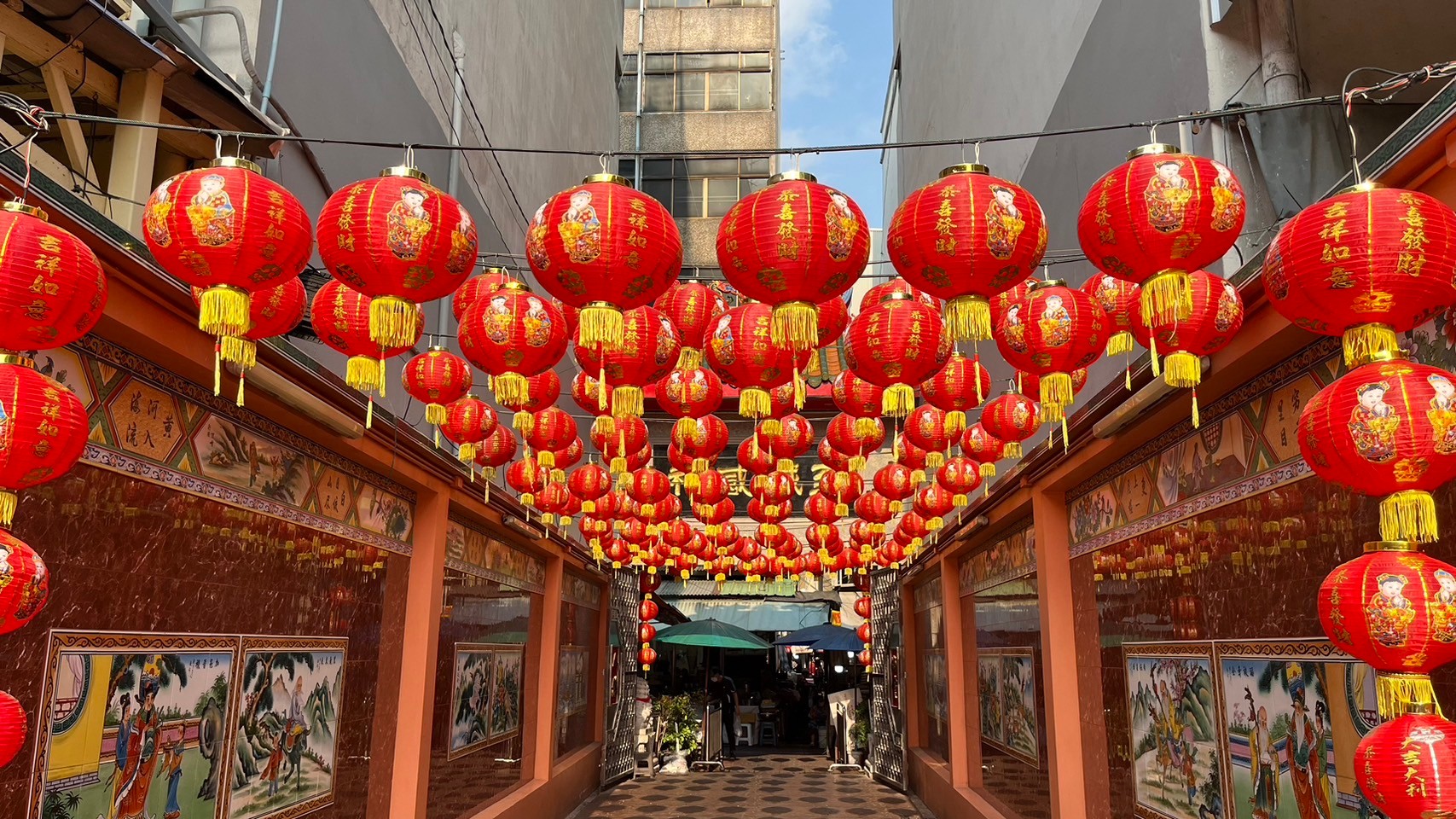
The Chinese New Year is just around the corner, and Chinese communities worldwide are gearing up to celebrate the beginning of the year of the dragon on the traditional Chinese calendar. The festive spirit is also high in Thailand, which boasts a significant Thai-Chinese population. The New Year festivities kicked off last week and run through February 20.
For Thai-Chinese people, the Lunar New Year holds immense significance, much like Christmas for Christians. While Christmas is marked by red and green, the colour palette for the Chinese New Year is dominated by red and gold.
To usher in their New Year, Thai-Chinese individuals follow various auspicious practices to bring prosperity to themselves, their families, and their businesses. Among these practices is praying for ancestors at the family altar and paying homage to gods.
Chinese shrines are scattered throughout Chinese communities in Thailand, but those looking to make the most out of the day can head to Bangkok’s Chinatown, known as Yaowarat. Besides being a street food paradise, Yaowarat is home to traditional Chinese shrines that have been part of the area for over a century.
The Thai PBS World Feature Desk recommends four shrines in the Yaowarat area for those seeking blessings in the Golden Dragon Year.
Leng Buai Ia Shrine – The Spiritual Anchor of Yaowarat Market
Located not far from the MRT Wat Mangkon station, the Leng Buai Ia Shrine, a Thai-Teochew Chinese temple, was built in 1658 during the Ayutthaya period, making it Thailand’s oldest Chinese shrine.
The shrine’s highlight is at the central altar, which features Leng Buai Ia and his wife bestowing blessings for prosperity in business and career success. Noteworthy artefacts include a wooden sign from the Ming dynasty, an old bell from the Daoguang Emperor of the late Qing dynasty, and an incense pot graciously given by King Rama V.


Worshippers should bring flowers, candles, incense, and three or five Chinese auspicious fruits as offerings.
- Location: https://maps.app.goo.gl/ig8uMdw8z8rmM8nD8
Chao Por Ma and Guan Yu Shrine – The Victor’s Shrine:
Located across the street on Yaowarat Road, the Chao Por Ma and Guan Yu Shrine is a century-old Chinese shrine. Guan Yu, a renowned Chinese military leader depicted in the classic Chinese novel “Romance of the Three Kingdoms”, is characterised by his distinctive red face, beard, and halberd.
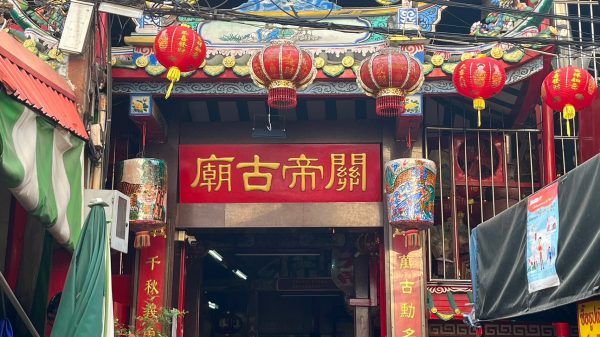

The shrine offers spiritual guidance, protection, and blessings to devotees seeking career success. We recommend offering vegetables, such as water spinach and cabbage, to thank Chao Por Ma after wishes come true.
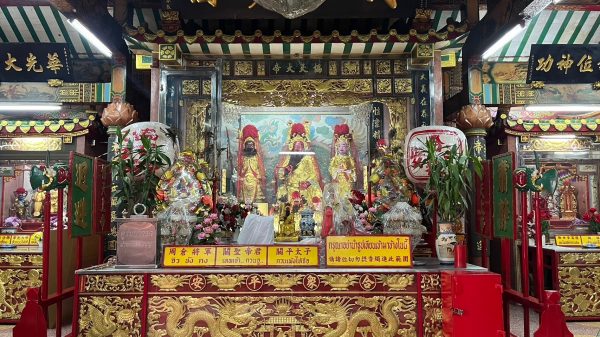
- Location: https://maps.app.goo.gl/hEVEAAzntkFidbiR7
Chao Mae Pradu Shrine – The Love-All-Around Spiritual Shrine:
Tucked away in Soi Yaowapanich, the Chao Mae Pradu Shrine is a 200-year-old Chinese shrine. The shrine is dedicated to Mazu or Ma Jou, the goddess of the sea in Chinese mythology. Devotees, both single and married, seek blessings for love and children.
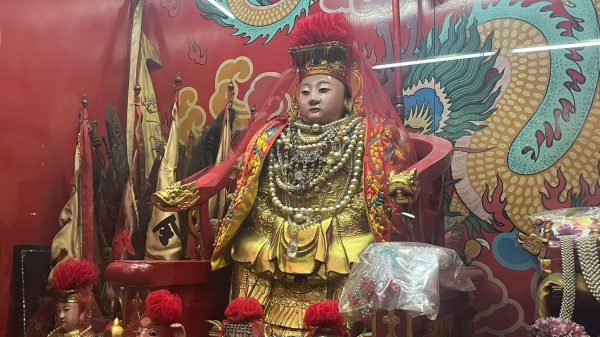
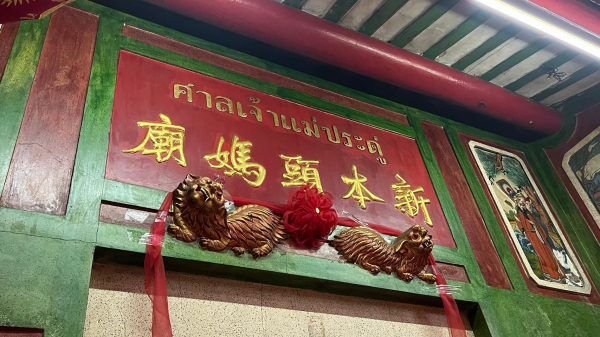
We recommend preparing any offerings from home, as the shrine does not sell any offerings or amulets.
- Location: https://maps.app.goo.gl/r5zujSbDZxwhy4qd8
Ania Shrine – The Shrine of the Former Port:
Situated in Sampheng, an important port area in its early days, Ania Shrine or Guanyin Temple was built during the reign of King Rama V and renovated in 1934. The shrine’s uniqueness lies in the reversed incense pot, a measure taken to dispel bad luck after renovations.
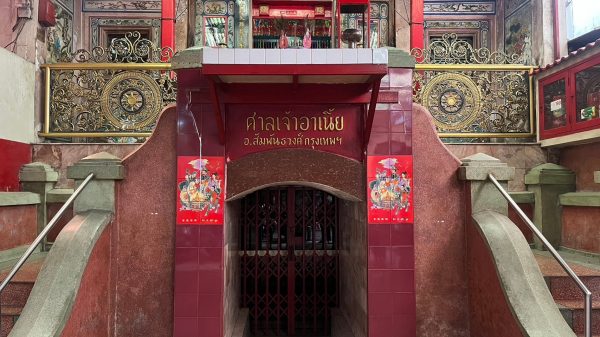
Devotees seeking successful businesses, wellness, and education can ask for Ania’s blessing. Here again, it’s best to prepare offerings from home, as the shrine does not sell any offerings or amulets.
- Location: https://maps.app.goo.gl/G9NoG7pMtV8zdVN1A
By Thai PBS World Feature Desk, Photo by Nuttida Chowvigran

